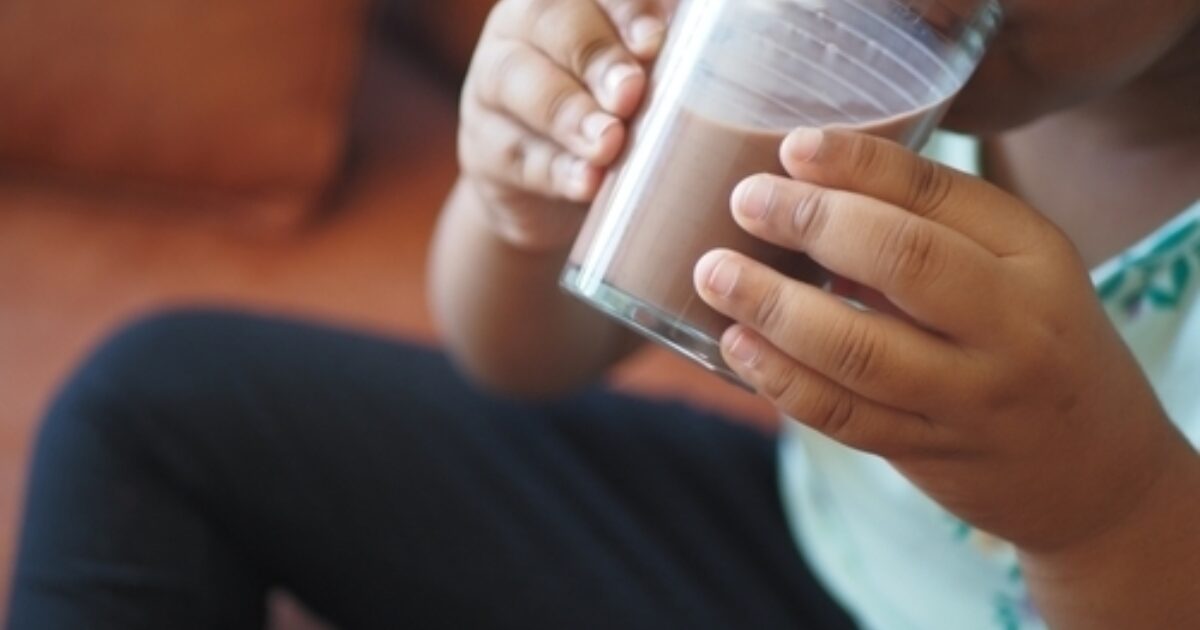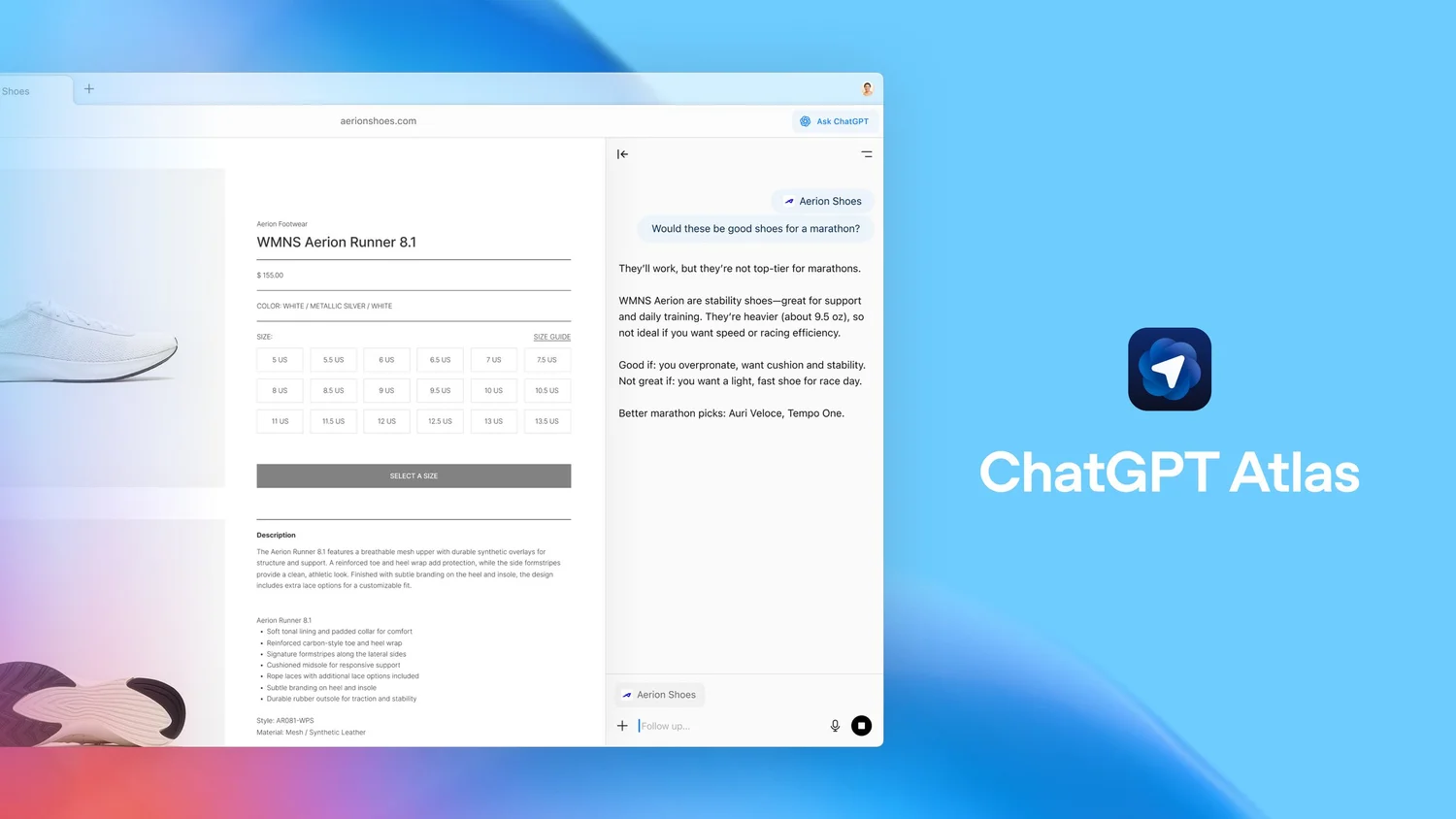As of August 2025, the most affected items putting upward pressure on inflation are Butter, milk, beef & veal, chocolate, and coffee. Prices for these climate-impacted foods rose by an average of +15.6% compared with August 2024. For other food and non-alcoholic drink items, the average rise was just +2.8%.
This indicates that increases in commodity prices are having a major impact on current food price inflation, which cannot be explained by domestic policies such as a higher minimum wage.
Although not the only factor driving an increase in these commodity prices, extreme weather made more likely by climate change is having a distinct impact on prices for these products.
These five product categories make up only 11% of the basket of food and drink used by the ONS to measure inflation. Yet they accounted for 0.21 percentage points of the 3.8% August CPI inflation rate.
By contrast, the remaining 89% of food and drink items contributed 0.36 points. This means that, on a weighted basis, these foods are driving inflation at more than four times the rate of other items.
These foods account for 1.9 percentage points of the 5.1% rate seen across the average consumer food basket. The remaining nine tenths of the basket account for 3.2 points. •
This suggests upward pressures on the prices of these products, including extreme weather made worse by climate change, are having a bigger impact on current food price inflation than domestic policy changes, a finding counter to a lot of recent reporting.








